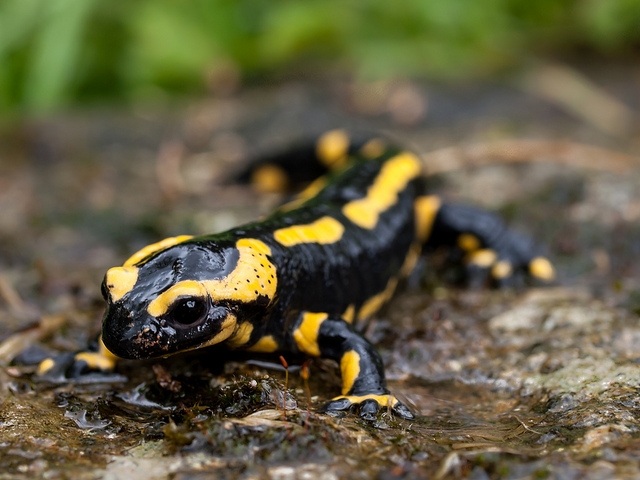Scientists urge the US to ban importation of salamanders to forestall outbreak
The new plague spreading to salamanders is caused by Batrachochytrium salamandrivorans (simply named Bsal), a yet mysterious species of fungi that has been threatening multiple areas around Europe.
Biologists from San Francisco State University and some other institutions have urged the U.S. Fish & Wildlife Service to put a ban on importation of salamanders from Asia to forestall outbreak of a fungal disease. Among are those believed to be the most vulnerable to the fungus.
The deadly fungus was first discovered in 2013 when sudden massive deaths of Salamanders occurred in the Netherlands.
The invasion of Bsal can lead to the extinction of US salamander fauna, which is world’s richest and diverse fauna of its kind.
As indicated by biologist Vance Vredenburg of San Francisco State University, “This is the hot bed in the world for diversity of amphibians, and if that fungus gets here, it’s going to be devastating”. “We actually have a decent chance of preventing a major catastrophe”. In Europe, the fungus entered through the pet trade and led to 96% of fatality rate among salamanders. This trade could be very problematic to North America as stated by the report was published in Science. If allowed to touch the shores, the 325 species of salamanders found in North America are in grave peril.
Salamanders are one of the most abundant vertebrate animals in many North American ecosystems and play a number of key ecological roles, Koo said. Doc?id=3396″ >species richness, the researchers identified three zones that were at high risk for Bsal infection: “the Southeast near the southern end of the Appalachian Mountains, the Pacific Northwest and the Sierra Nevada, and the highlands in Central Mexico. They are also a key food source for larger predators, including birds, mammals, and snakes.
One of the European salamanders shown to be highly susceptible to the fungus is a member of the plethodontid family, which has its greatest biodiversity in the U.S. almost two-thirds of the 675 salamander species are plethodontids, including the familiar California slender salamander, and they make up the majority of salamanders in the U.S. While still unknown, scientists point to a similar fungus Batrachochytrium dendrobatitidis (more simply claled Bd), that, since 1999, has been responsible for wiping out over 200 species of amphibians around the world. Vredenburg has studied the Bd fungus and its devastating effects on amphibians for several years, and there is still time to do something to prevent this, he notes, per The Los Angeles Times. Are we going to act and preserve the species? “The potential for bureaucratic delays is very real and worrisome, as Bsal could arrive within the USA any day”, said Peter Jenkins, president of the Center for Invasive Species Prevention.








